Grand Coulee Dam's Open Spillways
More than a mile long, the Grand Coulee Dam is the largest concrete structure in the U.S. In the fall of 2011, dam operators agreed to open the spillway just for American Experience. "It was very exciting that they agreed to spill for us for a short period specifically for the film," said Associate Producer Lauren DeFilippo. "We ran to the top and bottom [of the dam] in about 30 minutes."
Previews + Extras
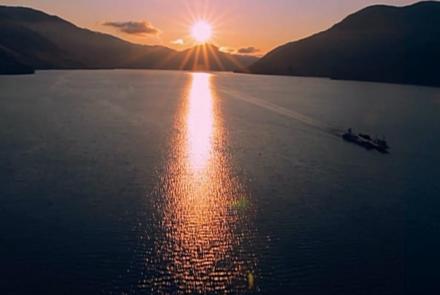
Grand Coulee Dam Chapter 1
S24 E6 - 13m 16s
Of the many public works projects of the New Deal, Grand Coulee Dam loomed largest in America's imagination during the darkest days of the Depression. It promised to fulfill President Franklin Roosevelt's vision for a "planned promised land" where hard-working farm families would finally be free from the drought and dislocation caused by the elements.
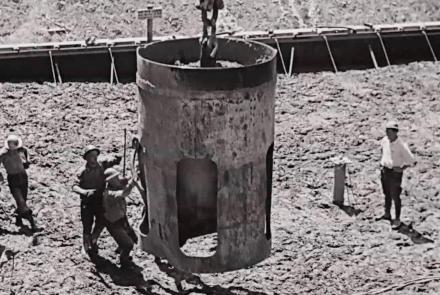
Grand Coulee Dam: Pouring the Concrete
S24 E6 - 1m 56s
On December 6, 1935, the first bucket of concrete was poured onto the dam site. To prevent the possibility of cracking, concrete was poured into hundreds of 50 foot square blocks every 72 hours. After each pour, workers would scrub the concrete with wide brushes to remove scum. Millions of cubic yards were poured, and in February 1938, the foundation was completed 14 months ahead of schedule.
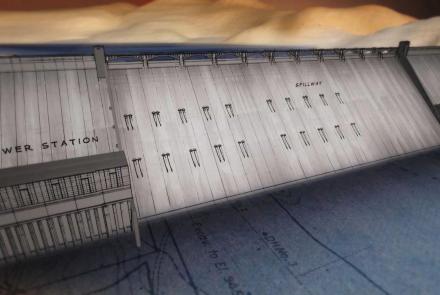
Grand Coulee Dam: Engineering Challenges
S24 E6 - 2m 46s
Thousands of men began arriving at the Grand Coulee Dam construction site in June 1933, enticed by the promise of jobs. Located hundreds of miles from the nearest big city, there was no easy way to get to the construction site. The dam would have to span beyond the width of the river -- almost a mile across -- and would need to rise 500 feet in the air to stop up the river to build the reservoir.
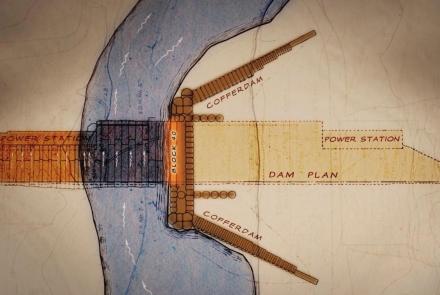
Diverting the Columbia River
S24 E6 - 2m 40s
The biggest challenge in building Grand Coulee Dam was diverting the flow of the Columbia. To make this happen, the workers had to build cofferdams, temporary structures that keep the river at bay, allowing workers to dig out the mud and expose the granite bedrock on which the dam would rest. The west side cofferdam was completed on March 23, 1935. Soon after, the water level rose 32 feet.
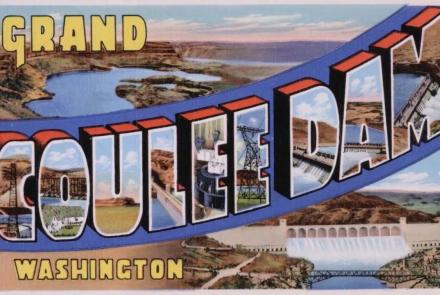
The Impact of Grand Coulee Dam
S24 E6 - 1m 13s
Eight years after beginning construction, the Grand Coulee Dam was dedicated in front of a crowd of 8,000 on March 22, 1941. The dam's success created an insatiable demand for electricity, and the dam, along with others that were erected on the Columbia in the years following, served as the fuel for the growth of the metropolitan areas of the American West.
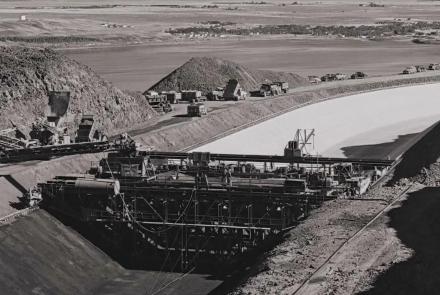
The Columbia Basin Project
S24 E6 - 1m 5s
In the spring of 1952, work was finally underway on the Columbia Basin Project, a huge system of canals, tunnels, and aqueducts that would flow out of the Grand Coulee reservoir. The irrigation system carried water from Grand Coulee Dam to 66,000 acres of farmland. By 2012, the acreage increased more than ten fold to 671,000.
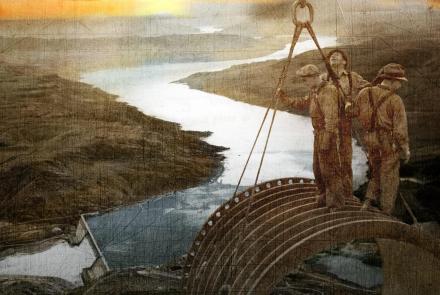
Grand Coulee Dam - Preview
S24 E6 - 30s
Of the many public works projects of the New Deal, Grand Coulee Dam loomed largest in America's imagination during the darkest days of the Depression. It promised to fulfill President Franklin Roosevelt's vision for a "planned promised land" where hard-working farm families would finally be free from the drought and dislocation caused by the elements.
Similar Shows

A Call to Remember
History

Fannie Lou Hamer: Stand Up
History
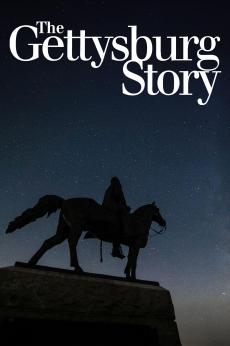
The Gettysburg Story
History
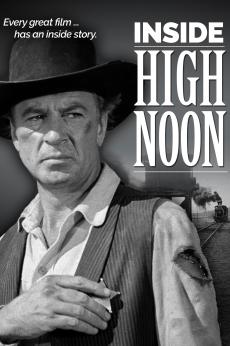
Inside High Noon
History


Jackie Robinson
History
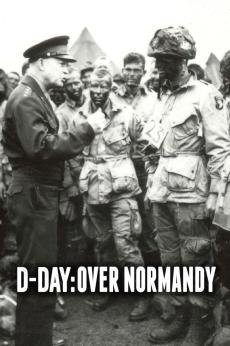
D-Day: Over Normandy
History


In the Footsteps of Marco Polo
History

Lucy Worsley's Royal Photo Album
History
WETA Passport
Stream tens of thousands of hours of your PBS and local favorites with WETA Passport whenever and wherever you want. Catch up on a single episode or binge-watch full seasons before they air on TV.